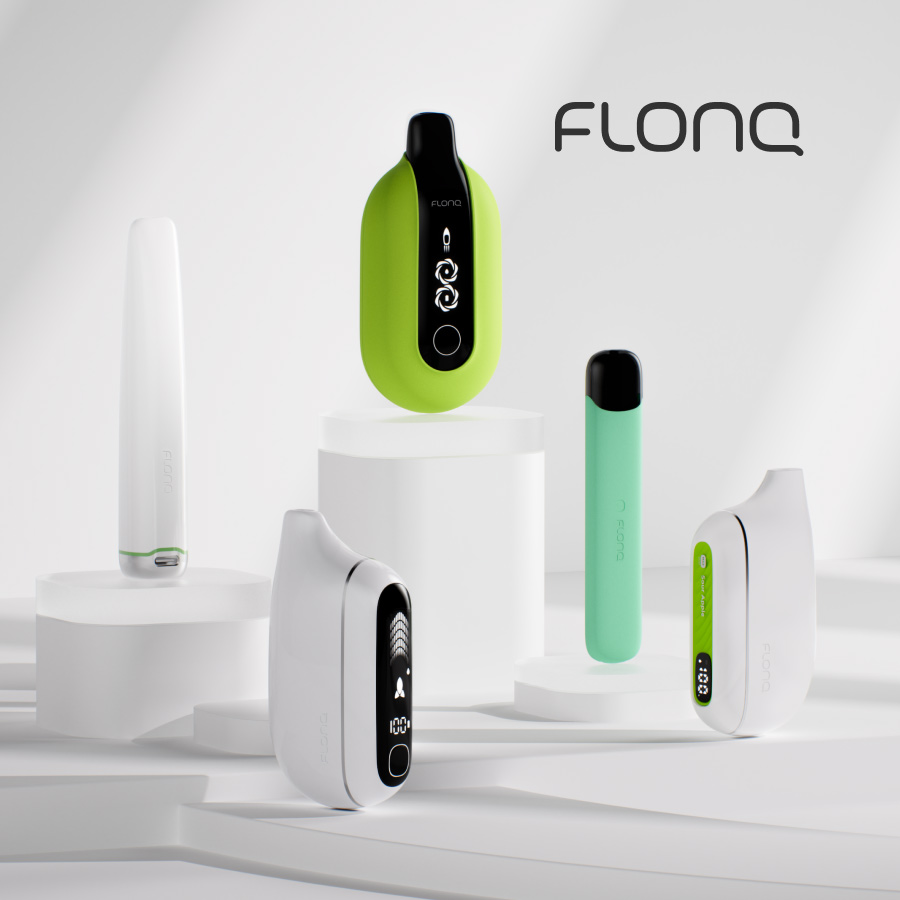Electric Shock

Photo: www.ecigarettedirect.co.uk | Flickr Creative Commons
The U.S. FDA has released new guidance for batteries in vapor hardware and bottling improvements for e-liquids.
Battery safety in the vapor industry just got a whole lot better. On Nov. 26, the U.S. Food and Drug Administration (FDA) released an updated premarket tobacco product application (PMTA) guidance for the vapor industry. The new guidance will allow manufacturers of both hardware and e-liquids to provide safer, more effective products to consumers.
“We recognize there are certain modifications manufacturers can make to their tobacco products to address a voluntary industry battery standard and to comply with requirements related to safe packaging of liquid nicotine products, known as flow restrictors,” said Mitch Zeller, director of the FDA’s Center for Tobacco Products. “We encourage these limited safety-related modifications because they are intended to ensure the public is protected from risks such as battery explosions or accidental exposure to toxic levels of nicotine.”
The new guidance, “Compliance Policy for Limited Modifications to Certain Marketed Tobacco Products,” explains the FDA’s compliance policy for making limited safety modifications to vaporizers and e-cigarettes that were on the market as of Aug. 8, 2016, the date all e-cigarettes and other electronic nicotine-delivery system (ENDS) products became subject to the FDA’s tobacco authorities.
The guidance allows for “battery-operated tobacco products modified solely and only to the extent necessary to comply” with the voluntary industry UL 8139 standard for batteries. The FDA worked alongside the U.S. Consumer Product Safety Commission, external stakeholders and UL to develop a voluntary UL 8139 industry standard in order to help manufacturers alleviate potential battery-related risks associated with ENDS products.
A global safety consulting and certification company headquartered in Northbrook, Illinois, USA, UL maintains offices in 46 countries. The 100-year-old company collaborates with a diverse array of stakeholders to establish standards that create level playing fields working to develop new pathways for the latest innovations.
With the new guidance, the FDA is essentially telling vapor companies that the industry should submit batteries used in vapor products to UL for U.S. and Canadian certification, according to Josh Church, chief regulatory and compliance officer with Joyetech Group. Church was a member of the team of scientists and consultants that helped develop the vapor product battery standards and testing guidelines for UL.
The UL 8139 guidelines, titled an “Outline of Investigation for Electrical Systems of Electronic Cigarettes,” evaluates the safety of the electrical, heating, battery and charging systems while also addressing fire safety concerns raised by North American fire officials. The new UL standard has been published with the acceptance of the American National Standard Institute (ANSI) and Canada Standards (CAN). “The acceptance and publication of this standard was a huge landmark for the e-cigarette and vapor industry in general,” said Church.
UL 8139 requirements include determining if lithium cells are operating within safety windows, assessing the battery management system for both normal use and foreseeable misuse, and evaluating compatibility among interconnected systems. It also factors in wide environmental parameters and conditions, tests reasonably expected mechanical stress in use/misuse and requires mechanisms to direct venting away from the inhaler.
UL 8139 standards were written specifically for electronic vapor devices and are part of the larger UL 1642 standards (UL 1642 standards were approved in 2014 by the FDA for use in medical devices) that cover a wide array of lithium-ion products. It’s important to note that neither UL 1642 standards nor UL 8139 standards cover e-liquids or any consumable products used in vaporizer systems. Plus, to qualify for UL 8139 standards, the battery cells must be inside a battery pack, like what you see in a power drill.
This means that the stand-alone standard 18650 e-cigarette battery could never be packaged with “UL” if it’s changeable and not inside a battery pack. However, it can receive a UL “Recognized Component Mark,” or “RU.” This quality mark may be applied to components that are part of a UL listed product but that cannot bear the full UL logo themselves.
The guidance also provides insight into how the FDA wants e-liquids bottled. E-liquid products containing nicotine are now allowed to be modified “solely and only to the extent necessary to comply with the restricted-flow requirements for liquid nicotine containers set out in the Child Nicotine Poisoning Prevention Act of 2015 (CNPPA).” This guidance states that the FDA “does not intend to enforce violations” of the PMTA requirements for manufacturers making these limited modifications.
In order to help lessen the potential risks of accidental exposure to liquid nicotine by children, U.S. Congress passed the CNPPA, which requires liquid nicotine containers to have, among other things, special packaging that makes them difficult for children to open. “The FDA believes e-liquid containers that comply with the flow restrictor requirements will potentially mitigate the risk of children becoming accidentally exposed to toxic levels of nicotine from e-liquids,” a release from the FDA states.
“[This] guidance will provide clarity to manufacturers considering these limited safety-related modifications to their electronic nicotine-delivery system products by outlining our compliance policy for premarket review requirements for such modifications,” said Zeller.
